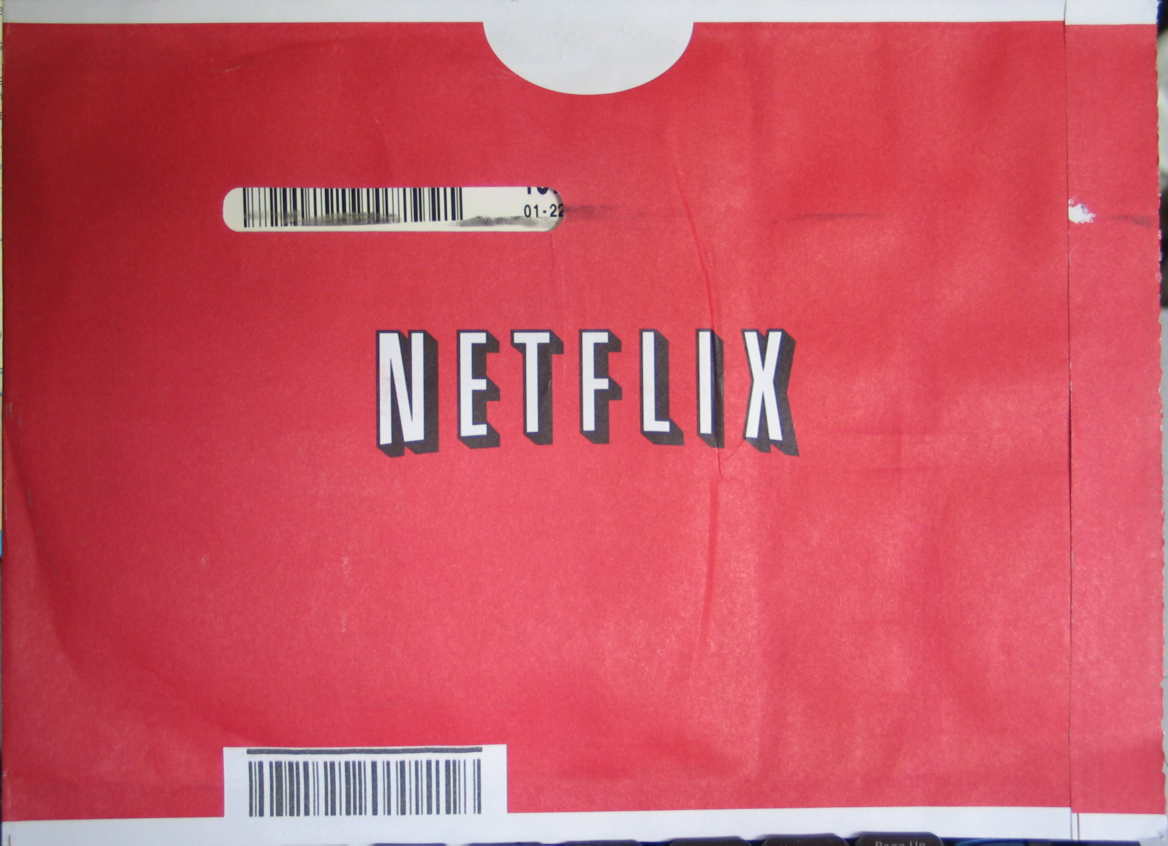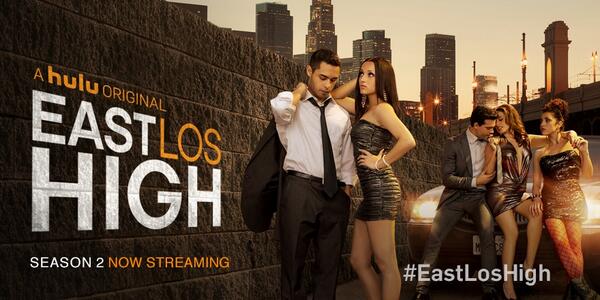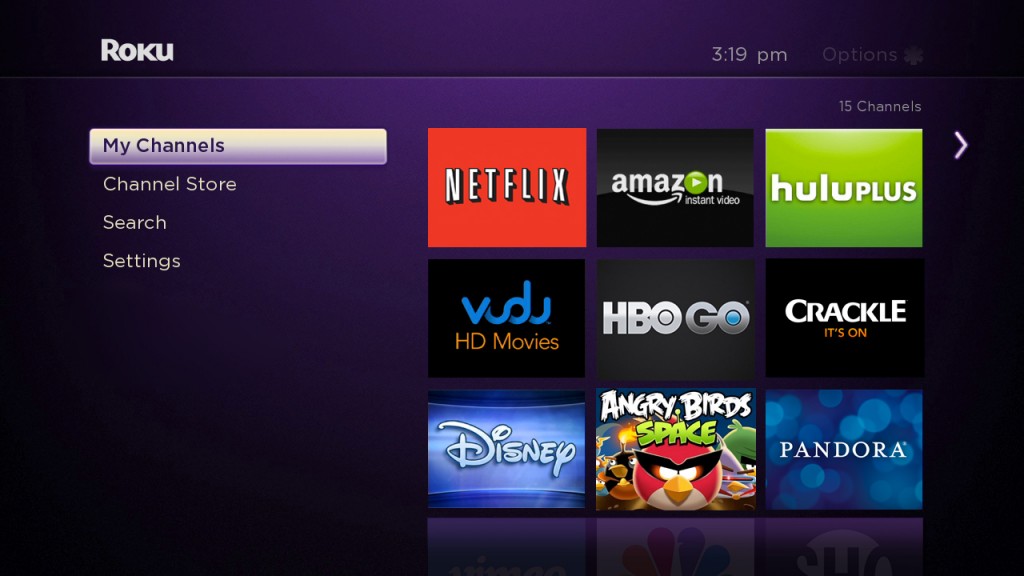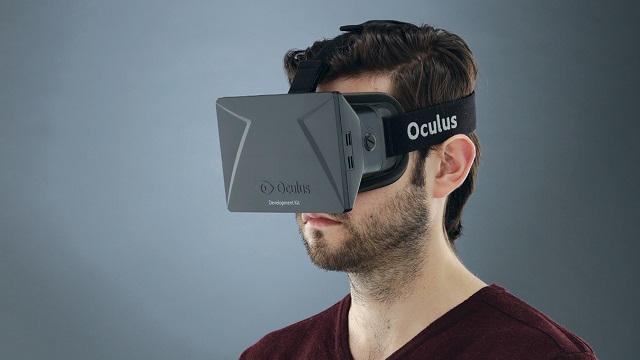From YouTube to House of Cards: How We Got Here
A few years ago, before the world was familiar with the term binge-watching, and live-action Daredevil was just a mediocre Ben Affleck movie, the concept of an original series from a streaming service didn’t seem to have much mass appeal.
Where would they get budget?
What would the release schedule look like?
Would it be possible to compete with the production quality of network television?
Would it just be the rejected remains of shows that couldn’t cut it on cable?
So after the initial mainstream success of House of Cards in 2013, and spending some time researching the overall process of how original shows have made their way as mainstays onto streaming services, it seems worth taking a deeper look into the “streaming original series” experience. As of the publishing of this article, there are over 250 shows and miniseries classified as “web television” and this is almost guaranteed to be a number that continues to rapidly grow.
I spoke with several folks in the industry, show creators, actors and those working at the streaming services themselves, to determine where we are in the timeline of such a shift in the television industry. Below is my recap.
Enter: YouTube
I had watched countless hours of “funny videos” around the web years before YouTube existed. Sites like Ebaum’s World and College Humor took up far more of my teenage years than I’d care to admit. And while I certainly enjoyed the sites, it still felt extremely curated. Not necessarily a bad thing, but it wasn’t an expansive video library so not anyone with a video camera could put their videos out there for the world to see. There was a bit more luck involved.
So in 2005, when YouTube opened its doors to public video submission, it should come as no surprise that everyone in technology and entertainment industries started paying real close attention to this new distribution model, especially following Google’s $1.65B acquisition of the company.
I remember the first few years of YouTube being a frustrating cat-and-mouse game between content owners and those who could upload any video they wanted, copyright be damned. I had a friend who worked for Google as a contract employee at the time whose entire day consisted of monitoring uploaded YouTube videos for illegal and copyrighted content; certainly no easy task. Mostly boring, sometimes extremely disturbing.
But quickly, potential was realized by both content owners as well as a whole new group of content creators, as some of the biggest content brands in the world alongside some kids with video cameras turned their attention and effort to streaming video distribution. There was now a clear platform for anyone to distribute their work.
And as this continues to grow, the numbers have become staggering; last year saw nearly 300 hours of video uploaded to the site every minute.
The Grand Netflix Transition
At present, I’m willing to bet most people have probably forgotten about the fact that Netflix started as a DVD delivery service (currently only 11% of Netflix users subscribe to the DVD delivery option). In 2007, seven years after Netflix was rejected by Blockbuster, Netflix had shipped its billionth DVD, but began to speak fairly openly about their intention to focus far more on their digital streaming service. This initially offered the option for users to stream directly from the Netflix library right on their computers, no DVD required.
As a fun anecdote, according to a New York Times profile, Netflix was at one point the fastest growing customer of the USPS, but only a few short months later became to biggest digital bandwidth user (average household evenings) in the world.
Quite the transition.
As this streaming distribution continued to grow, many currently-airing television shows, most famously AMC’s Breaking Bad, saw a massive uptick in prime time viewership as more and more people were able to quickly catch up (or binge-watch) with the entire series through SVOD. AMC’s head of content has spoken numerous times about the mutually beneficial relationship between AMC and Netflix.
But Netflix is no longer an afterthought to most content distributors. Cable subscriptions continue to slow, as more people turn to cutting the cord, myself included, as Netflix, Hulu, Amazon Prime and other streaming services provide enough opportunity to watch most television. Rights holders to most television shows are acutely aware of such a tidal shift and are starting to proactively make things more difficult for streaming distribution.
The Original Series
As content owners have gotten stingier with their own movies and television shows, streaming services have started to react appropriately to the writing on the wall: Eventually most content owners are going to want a piece of the streaming pie and won’t be so quick to hand it over for a nominal royalty to a third party service.
While ‘House of Cards’ certainly got all the glitz and glamour for being one of the most prominent original shows to come from a streaming service, its release wasn’t without precedent. Dozens of people had already found themselves “internet famous” by creating original web television, and Hulu itself already had a handful of original shows released well before the HoC splash.
But ‘House of Cards’ had the names and the budget to shock everyone awake to the reality that ridiculously high quality programming could be produced by an SVOD just the same as if it was on a major network. And the release of such a marquee series not only sparked serious conversation around the future of television, but also created a healthy competition among each streaming service, who now quickly found themselves thrust into a talent acquisition battle.
Hulu and ‘East Los High’
I wanted a specific example of an original series outlined from start to finish and got the opportunity to speak with ‘East Los High‘ executive producer Katie Elmore Mota, Co-President of Wise Entertainment, about the show as well as what it’s like working with a streaming service.
Mrs. Elmore Mota was very candid about how much she appreciated having a lot more creative control over ‘East Los High’ while working with Hulu. The first season was produced independently, but Hulu had an interest the entire time and immediately came out as the front-runner for distribution rights when the first season was produced. That same creative control was still available in both the second and upcoming third season.
When I asked her about what she felt would have been different if she had chosen to work with one of the bigger networks, she commented very specifically about how Hulu really bought into her vision of targeted media. One of Wise Entertainment’s main objectives is to produce socially-conscious television, and for those less familiar with ‘East Los High’ the show certainly creates very realistic and important social discourse. In other words, the show is extremely relatable to a more specific audience.
This is certainly beneficial for Hulu, as more segmentation of audiences demographics allows for targeted audience growth. I asked Jessica Kumai Scott, one of Hulu’s development executives about the overall selection of new shows.
“We look for writers and filmmakers with fresh voices. In creating East Los High, [the creators] were able to make a show that is their vision, rather than conform the show to be like others on a network. East Los High is a perfect fit for Hulu because it’s unique, authentic and has a point of view.”
This leads me to believe we’re heading toward an even heavier focus on big data in content promotion. Soon enough, demographic data tied only to age and perhaps gender won’t have the same appeal as the specificity available to streaming services who can monitor every action taken by their customers.
Imagine a scenario where one of the major streaming services wants to appeal to a very specific audience where perhaps customer signups have been traditionally lower. It becomes much easier to conduct in-house research on viewership data to create a show that specifically appeals to that audience.
But How do We Want Our Content?
Back to ‘East Los High,’ speaking about the challenges in producing content, Mrs. Elmore Mota spoke directly about the increasing difficulty of capturing eyeballs.
“Fewer and fewer people are watching your TV show anymore because they can’t find something else to watch. They go to where there favorite content is and expect to have immediate access.”
She went on to comment that working directly with a streaming video distributor helps with this a lot, as fans know they can login to their Hulu accounts anytime and immediately access any episode of ‘East Los High,’ no need to try and remember when the next episode will air.
But this comes with its own challenges as well, specifically with the way a show might be written. While a cliffhanger ending might cause quite the stir for a television show airing once a week, with the ability to quickly flip to the next episode creates immediate payoff. Water cooler talk is different with a streaming service release. Nobody at work wants to be the person who ruins a season-ending twist among coworkers watching a season of a television show at separate paces.
It’s much more common now to hear “How far are you into [specific series],” something very rarely heard prior to streaming television.
So is that the trade off we as customers are willing to accept? So far it seems to be true.
Competition for Content at an All-time High
When I first saw an original web series via YouTube, I remember thinking “this is certainly fun,” but there was a clear distinction in quality between these shows and network television.
But some of the early Hulu originals, and especially moving into House of Cards’ first season, it became extremely clear that we were staring at television shows that easily could have thrived with network distribution.
So naturally everyone now wants a piece, with other major brands like Amazon and Yahoo! now jumping into the original series game alongside other services like Crackle making similar announcements (view a list of original streaming shows here).
Hulu’s Ms. Scott commented that while competition has certainly increased among the services, it’s a major positive to see content creators turning to the services first to distribute their content.
“There’s certainly competition, but there’s room for everyone and we’re excited about all the great work that’s being produced for streaming companies right now. More and more producers are excited about working with streaming services. The quality bar has been raised, there’s a level of creative freedom and they can reach a wide range of audiences in an on-demand environment.”
Rumblings around sets of these SVOD originals has also been extremely positive for those starring in the shows as well. Perhaps partially a mix of working on a new frontier but also with far more immediate viewership feedback, it makes sense that actors are starting to really enjoy working on these shows. In other words, not only will competition for production talent increase with more streaming originals, but the competition for actors as well.
Commentary from those on staff of these shows often mention how much more creative freedom they feel the streaming services offer and it makes sense why this would be. Not necessarily having to adhere to the bosses of a major network, each service can operate with relative autonomy in the creation of their shows.
What show producer wouldn’t find that more appealing?
So What’s Next?
I’m confident we’re not even near “peak original content” from the SVODs, in fact I doubt we’re even scratching the surface. Netflix has stated their intent to release upwards of one new piece of original content a month, which, even in the world of network television is a lot. Hulu has ramped up their efforts as well and Amazon announced they are going to make some major investments into original content in 2015.
But this still isn’t likely to become an “instead of” but rather remain an “in addition to” for at least the near future. Most people aren’t yet ready to completely cut the cord. So while all these original shows are great for bringing in new viewership, I don’t fully expect to see traditional cable companies scrambling just yet. Will cable subscriptions continue to slow as a more technological generation starts paying their own bills? Most likely, but cable should still have time between now and then to compete. What this all likely means in the short term is that the power is shifting toward the content creators, who now have even more distribution options for their work.
However, I agree with Mrs. Elmore Mota in that viewership no longer wants to adhere to a strict schedule. The act of watching television among younger generations is greatly changing from “flip on the TV and see what’s on” to a far more intentional act such as “fire up Netflix and stream the new season of Orange is the New Black.” The problem of course in the short term is stingy content owners stuck in traditional television business models.
But as more content is produced and purchased by the streaming services themselves, the less problematic the old distribution models are for them moving forward.






